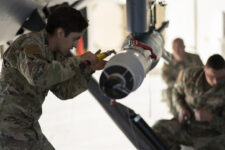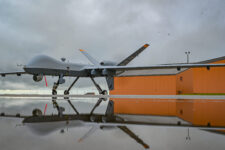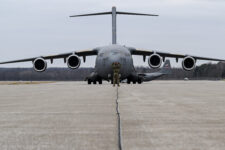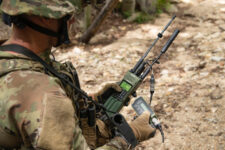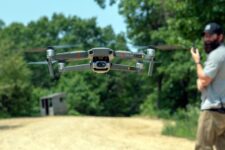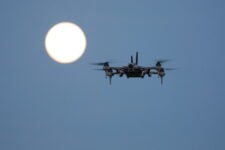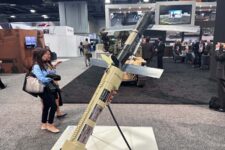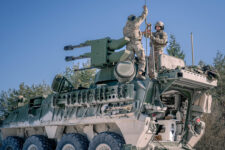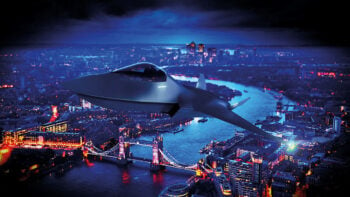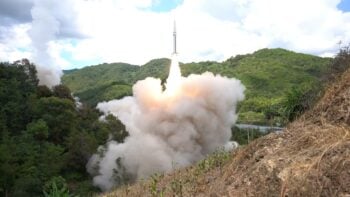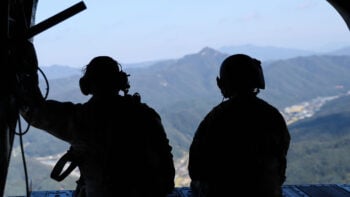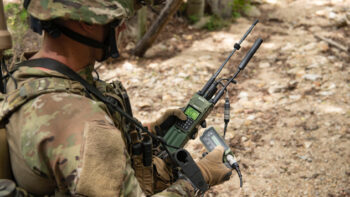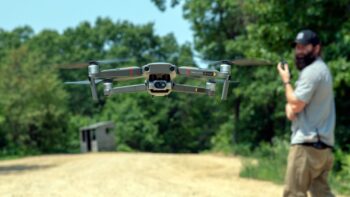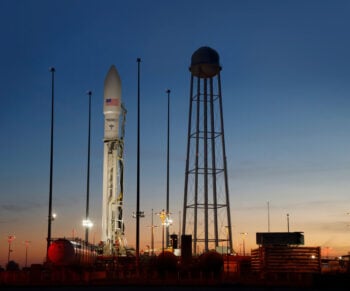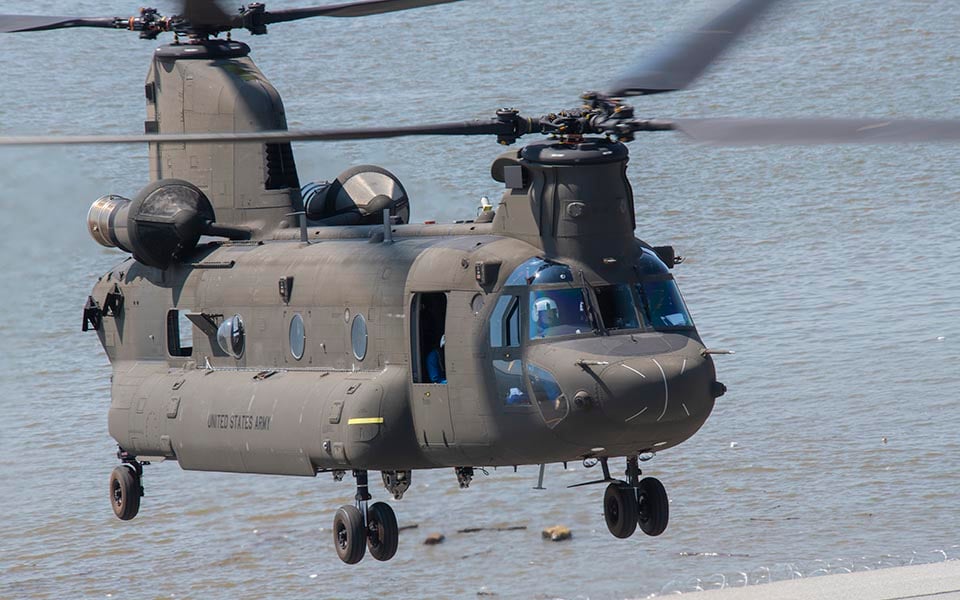
The latest variant of the Boeing Chinook, the CH-47F Block II, in test flight.
WASHINGTON: “I would say we’re feeling a little bit better this year than a year ago, but it’s still a long ways to go,” said Randy Rotte, Boeing’s chief salesman for its flagship heavy-lift helicopter, the CH-47 Chinook.
“Between Israel and Germany and UK and then [US] F Block II,” Rotte explained, Boeing has a lot of potential Chinook sales, even some probable ones, to sustain its Philadelphia factory – and its nationwide network of suppliers — when current contracts wind down in 2022. But the company will only find out if those customers are definitely buying CH-47s over the course of this year and next.
Yes, 2019 was a pretty good year for Chinook. Special Operations Command has signed a contract to buy the first 15 of the latest special ops variant, the MH-47G Block II, with a solicitation out for another nine. Congress stopped the Army’s attempt to cancel the conventional-forces model, the CH-47F Block II. But Big Army won’t make its formal decision to buy the 47F in bulk – or not – until next year.
Congress “restored $28 million of advanced procurement in FY20 to keep F Block II on schedule, [but] the real decision on that is FY 21,” Rotte told reporters on a conference call this morning. “That’s when Milestone C is.”
Likewise, foreign sales look promising but are far from certain. “They are trending positively, but you don’t count anything until you have that signature on the dotted line,” Rotte said.
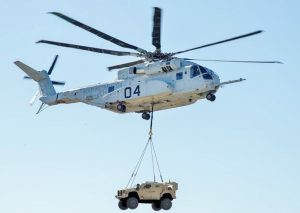
CH-53K King Stallion lifting a Joint Light Tactical Vehicle (JLTV) in tests.
Both Germany and Israel are looking to replace aging Sikorsky CH-53s, with Sikorsky offering both countries the latest CH-53K variant and Boeing pitching the CH-47. Germany received final offers from both companies Jan. 13; Israel has not yet issued a formal Request For Proposals (RFP), but Rotte said “we certainly expect to hear something from them this year.”
The British Royal Air Force, meanwhile, got State Department approval in 2018 to buy 16 more of its Chinook Extended Range (ER) variant for an estimated $3.5 billion. Boeing doesn’t face a competition in the United Kingdom, but that deal has not been finalized, and the UK government just launched yet another top-to-bottom defense review amidst fierce debates over everything from Brexit to Huawei. Still, Rotte said, “everything seems to be on track there for their determination of that [sales] case sometime about the middle of this year.”
Now, the immediate future of the CH-47 is assured by existing contracts. “Near-term forecast for the factory is good,” said Andy Builta, Boeing’s program manager for Chinook. “We’ve got lots of different customers; Their aircraft are going through the factory now and over the course of 2020 and 2021.”
It’s beyond 2021 that gets murky, which is particularly worrying for suppliers providing long-lead-time components, such as the $28 million in advanced procurement that the Army tried to cancel. Even if the US Army never buys another Chinook, it still has plenty of existing aircraft to maintain, with no replacement in sight. One Army forecast predicted the last Chinook wouldn’t retire until 2065, a century after it first entered service.
“We regularly meet with the Army to talk … not just in terms of where we build the aircraft here in Philadelphia, but also the broad supply base that feeds that factory,” Builta said. “That supply base is critical to not only building new Chinooks, but also sustaining the existing fielded forces.”

Mark Esper checks out a helicopter cockpit during a visit to Fort Knox, Ky.
What about an all-new heavy-lift helicopter – or some different kind of aircraft, like a tiltrotor – to replace the Chinook? That’s something then-Army Secretary Mark Esper, now Secretary of Defense, challenged industry to think about rather than cling to existing contracts. But for now, the Army’s Future Vertical Lift effort is consumed by nearer-term efforts on a new light scout, the Future Attack Reconnaissance Aircraft, and medium transport, the Future Long-Range Assault Aircraft, both expected to enter service around 2028-2030.
“The Army has been very clear on their priorities with FARA and FLRAA, and companies are investing heavily in those efforts,” Rotte said. “When it comes to FVL-Heavy…. we’ve had some pretty good conversations [with the Army] on how you improve a Chinook until you’re ready to start an FVL-Heavy, but we haven’t done a lot on what would that FVL-Heavy look like – mainly because we haven’t really received any [solid guidance] on how much would you like it to carry, how fast would you like to go, how far would you like it to be able to lift these things.”
“That is more aspirational right now than it is any type of real work,” he said.
NGAD uncertainty won’t impact GCAP next-gen fighter effort in Europe, say analysts
“We are seeing estimates between $200-300 million per unit” for NGAD, said Douglas Barrie of IISS. “The US is the only country in the world that could afford to do that.”

